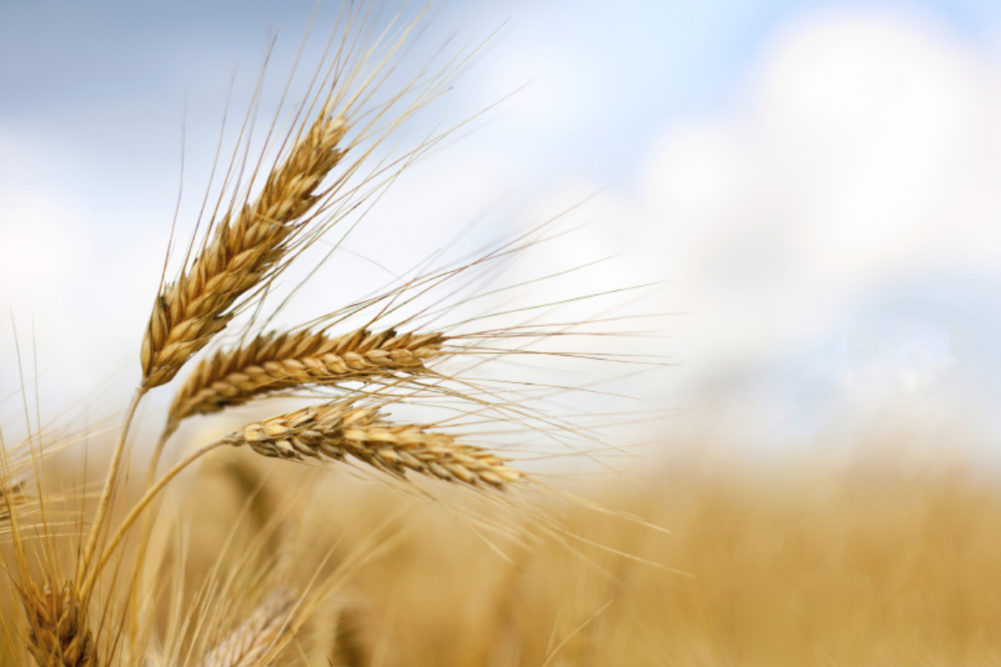KANSAS CITY, MISSOURI, US — As the 2019-20 grain marketing year winds to a close, we await word on whether the world’s biggest wheat exporter, Russia, will choose to limit exports when the new marketing year begins on July 1.
Uncertainty often breeds instability, and the global coronavirus (COVID-19) pandemic, which has infected millions and killed hundreds of thousands, certainly qualifies as an event with no clear endpoint that has destabilized the global food supply chain, although not as badly as initially feared.
Historically, when faced with global economic or political crises, some of the world’s biggest grain exporters have reverted to protectionist policies to maintain their domestic supplies in hopes of preventing food price spikes and civil unrest.
While this sounds like a logical strategy, Simon Evenett, professor of International Trade and Economic Development at the University of St. Gallen in Switzerland, said studies have found that export curbs lead to increased food price volatility globally and often fail to keep prices low even in the countries limiting or completely halting exports.
Prior to the current pandemic, the last global crisis was the Great Recession. During that period of roughly 2008-11, more than 100 countries (including Russia) limited or banned agricultural exports. Despite these measures, food prices increased as did civil unrest, most notably in the Middle East where the Arab Spring protests destabilized the region.
Why do food prices often rise even in countries that lock down their supply of grain and other agricultural products? Evenett said typically it’s a “domestic disruption” that leads to food inflation rather than a supply issue.
Although COVID-19’s economic impact is more devastating than the Great Recession, Evenett noted that only 27 countries had curbed agricultural exports as of mid-May, a significantly smaller number than in any recent global crisis. Evenett believes countries are starting to understand there’s often more to consider than food security and inflation when mulling an export ban, not the least of which is the impact on farm income when foreign markets are eliminated.
This brings us to Russia. In recent weeks, the world’s largest wheat exporter has endured a sharp rise in COVID-19 cases, creating high demand for inexpensive grain-based foods with a long shelf life as people sheltered at home. At the same time, the price of oil — Russia’s most lucrative export commodity — plunged to a record low before rebounding to what is still a relatively low level. The Russian economy is reeling, and President Vladimir Putin’s popularity rating has sunk to its lowest level in his two decades.
In times of economic difficulty, Russia has a history of disrupting the wheat market through restrictions or taxes. But the last time it imposed an outright ban was in 2010 during the Great Recession after drought destroyed crops. That was a time when it produced and exported less wheat, so it will be interesting to see what Russia decides to do with plenty of wheat in storage but a struggling economy that includes food inflation.
Will Putin decide to restrict exports if food prices keep rising and his popularity rating continues to decline? Or will he send a message to the world that Russia, like several of its competitors, is a grain superpower that continues to export in good times and bad?
The world, and particularly those countries that depend on Russian wheat, eagerly await the decision.
Follow our breaking news coverage of the coronavirus/COVID-19 situation.




